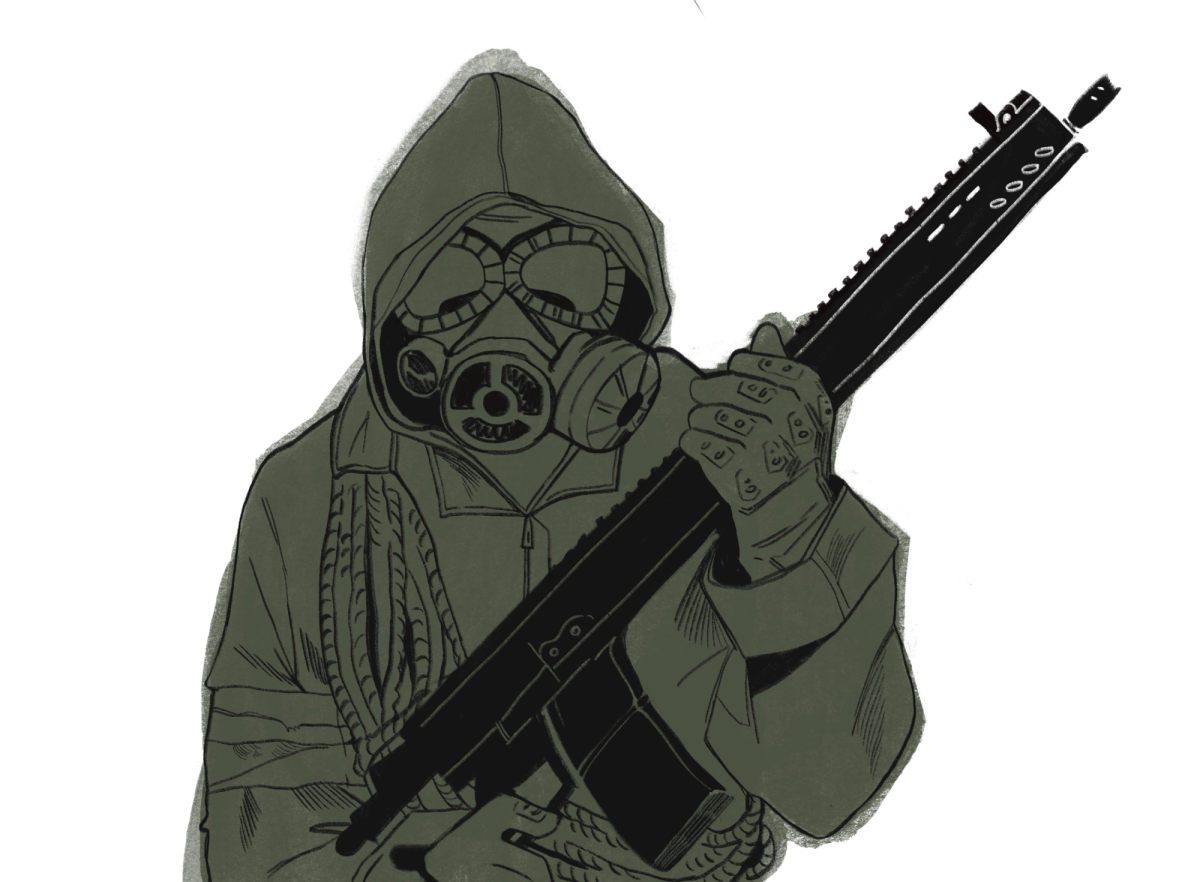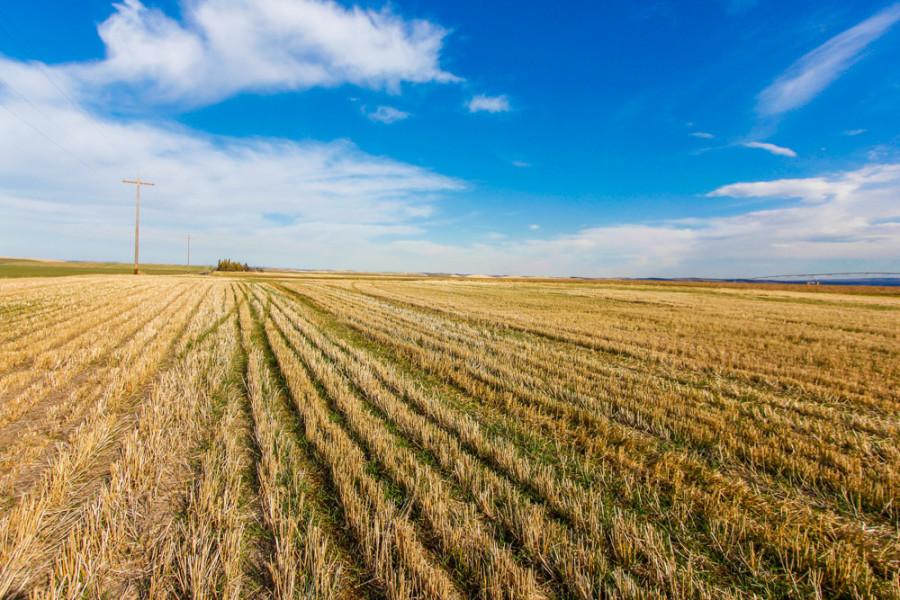Extending 500 miles across northern Spain, walking the Camino de Santiago is anything but the average vacation. Adventurous pilgrims from all over the world hike from St. Jean Pied du Port, France to Santiago de Compostela, Spain, where legend says the bones of Jesus’ apostle St. James the Elder (Santiago in Spanish) lie.

Recent books and films, like Paulo Coelho’s novel “The Pilgrimage” and Emilio Estevez’s 2010 film “The Way,” starring Martin Sheen, have drawn new generations to the journey. However, the Camino’s true heyday was in the Middle Ages, when visiting St. James was one of the three most important pilgrimages a Christian could make, along with those to Rome and Jerusalem. Around 1140, one of the world’s first travel guides, the Codex Calixtinus, was written to help pilgrims on the Camino. It included information about towns and landmarks, as well as the many miracles associated with the route.
Today, most pilgrims are drawn to the Camino for a variety of reasons: spiritual journey, the adventure of a mega-walk and interest in the historical and cultural attractions in Spain. Although walking is traditional, bicycling and riding the route on horseback are also options. Special accommodation is available for pilgrims in hostels, restaurants and museums, decreasing expenses for what can be a month-long journey or more.
The Camino offers a lush assortment of characters to meet and attractions to pull you through the miles. Here are some of the stories and sights from the road.

















